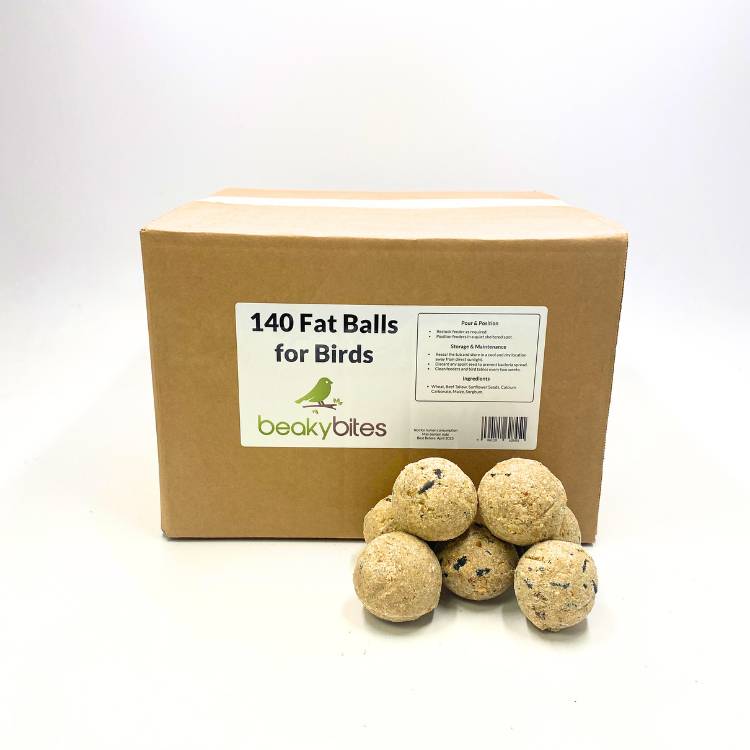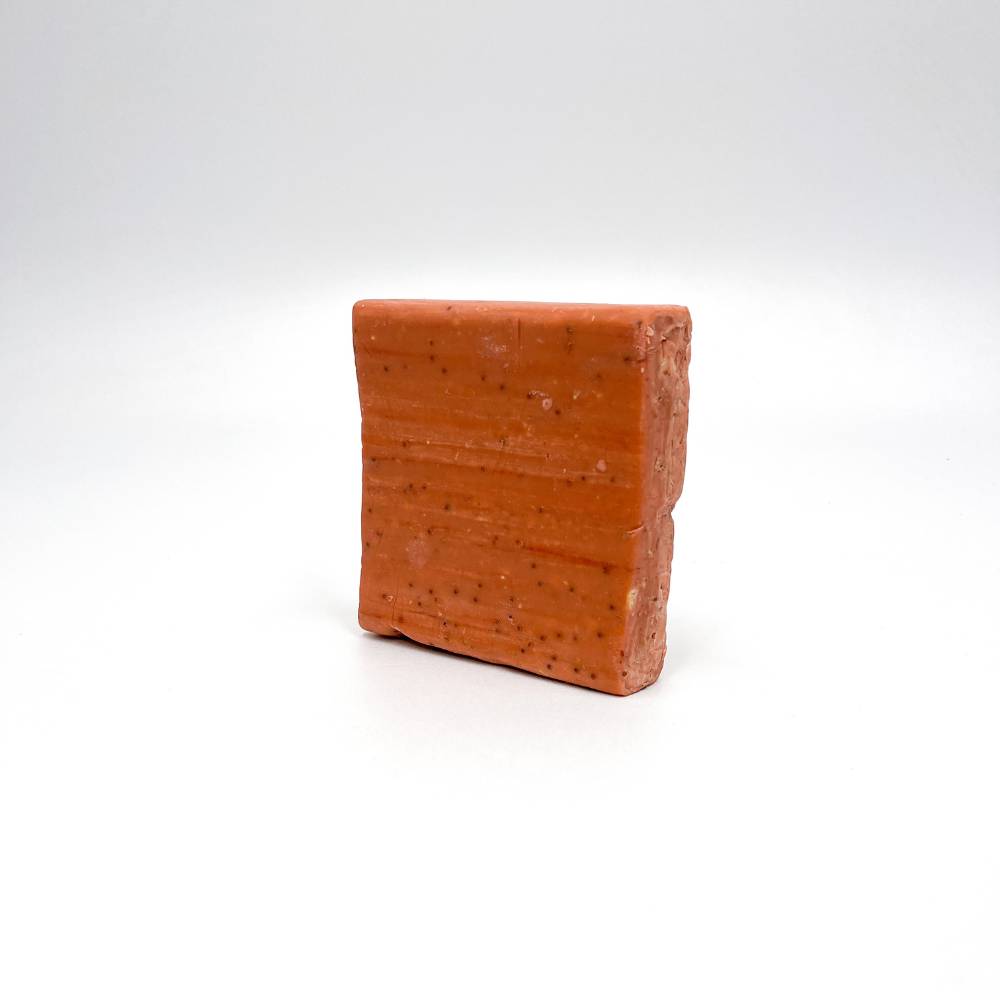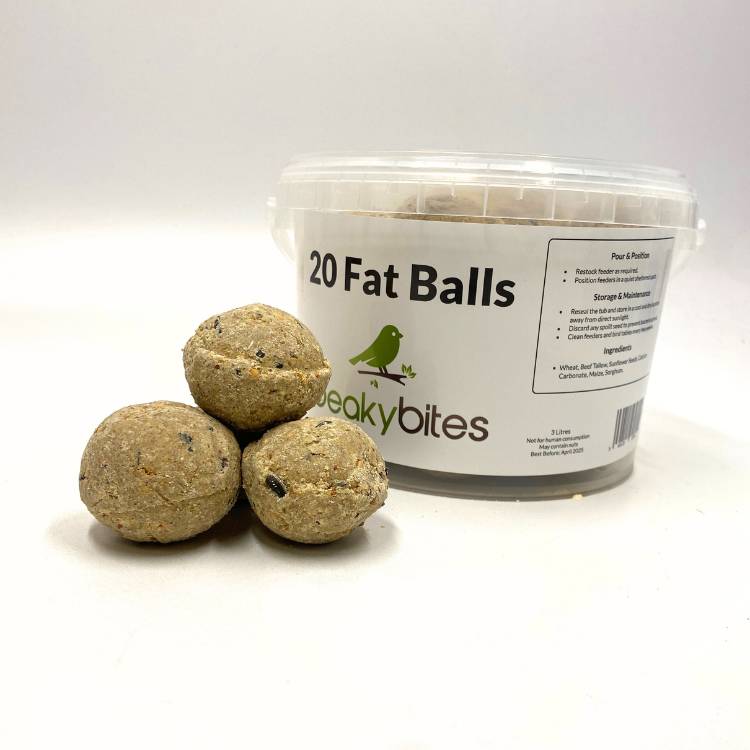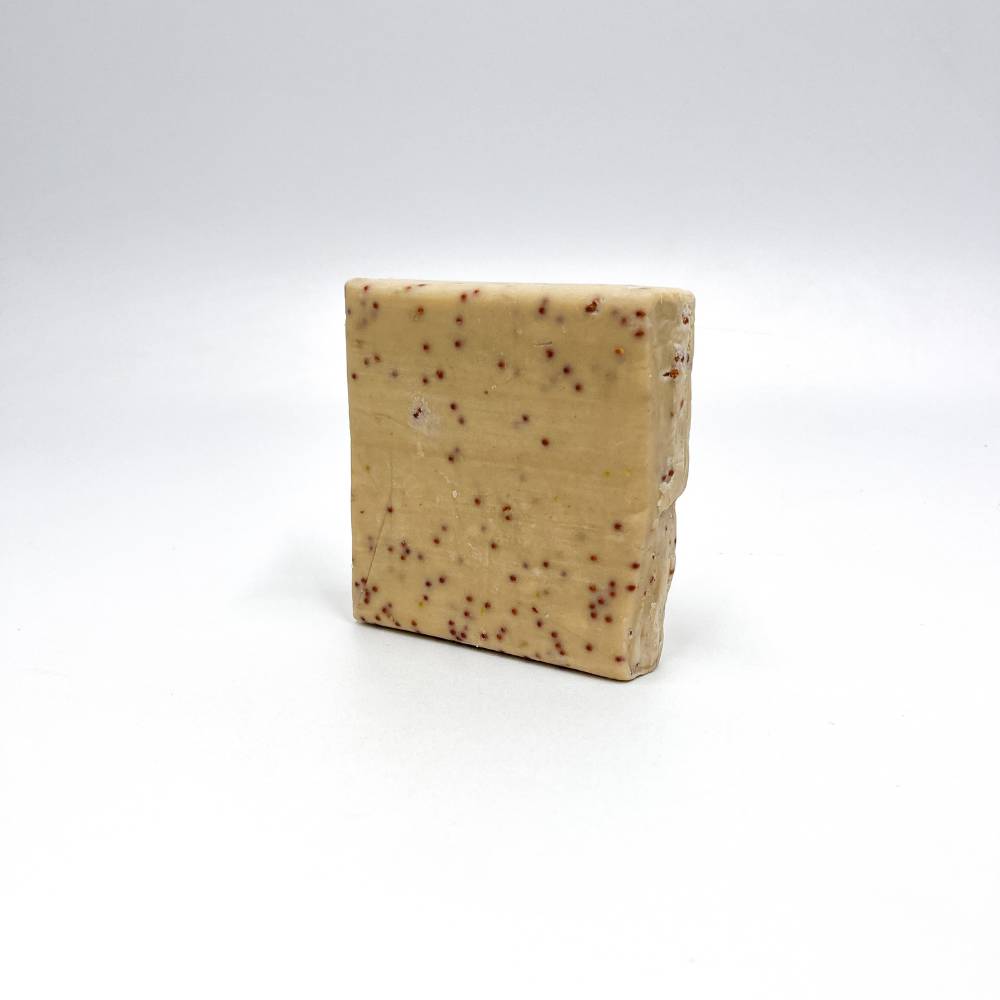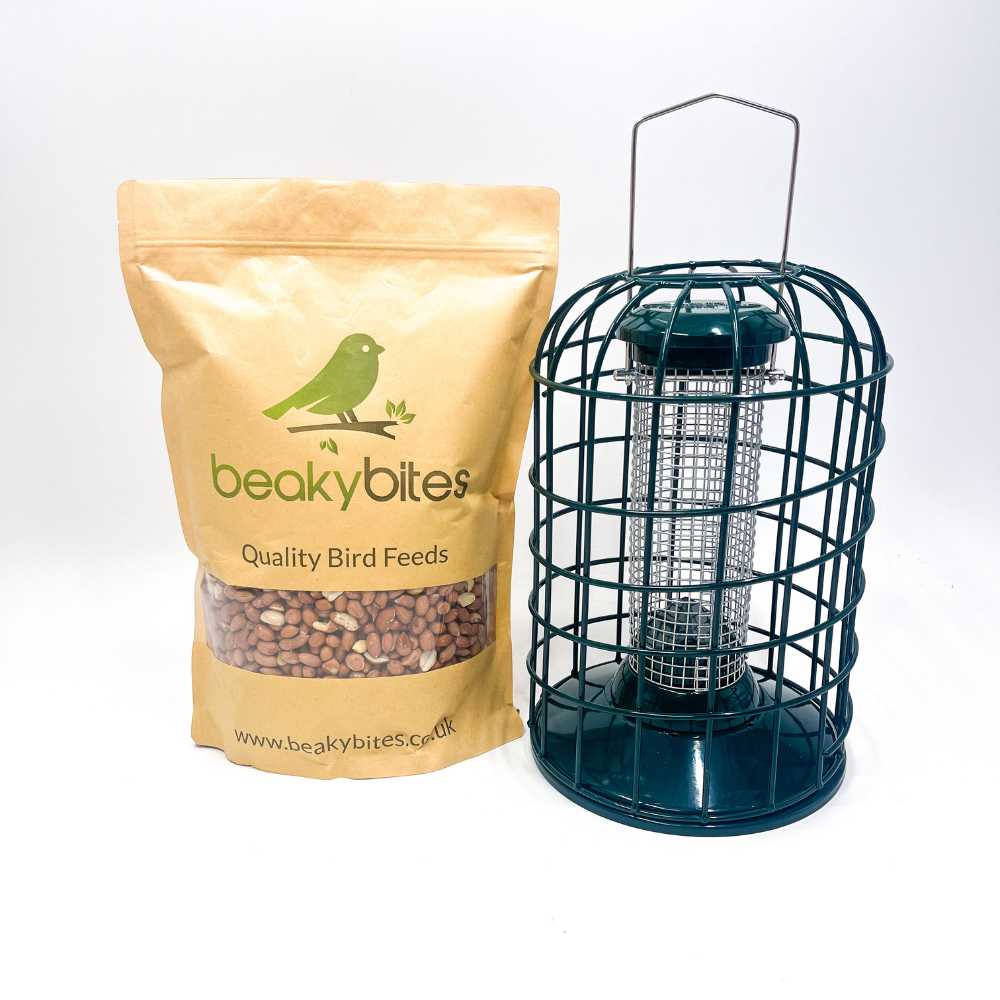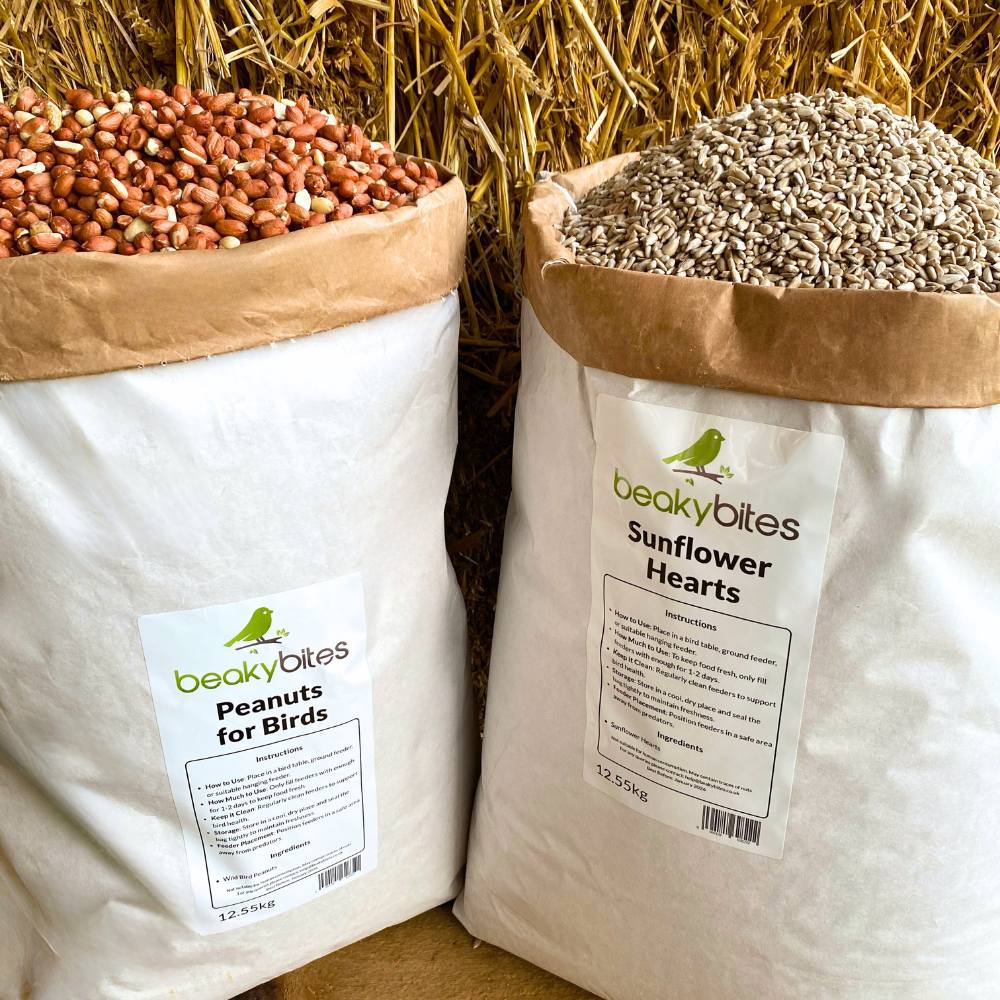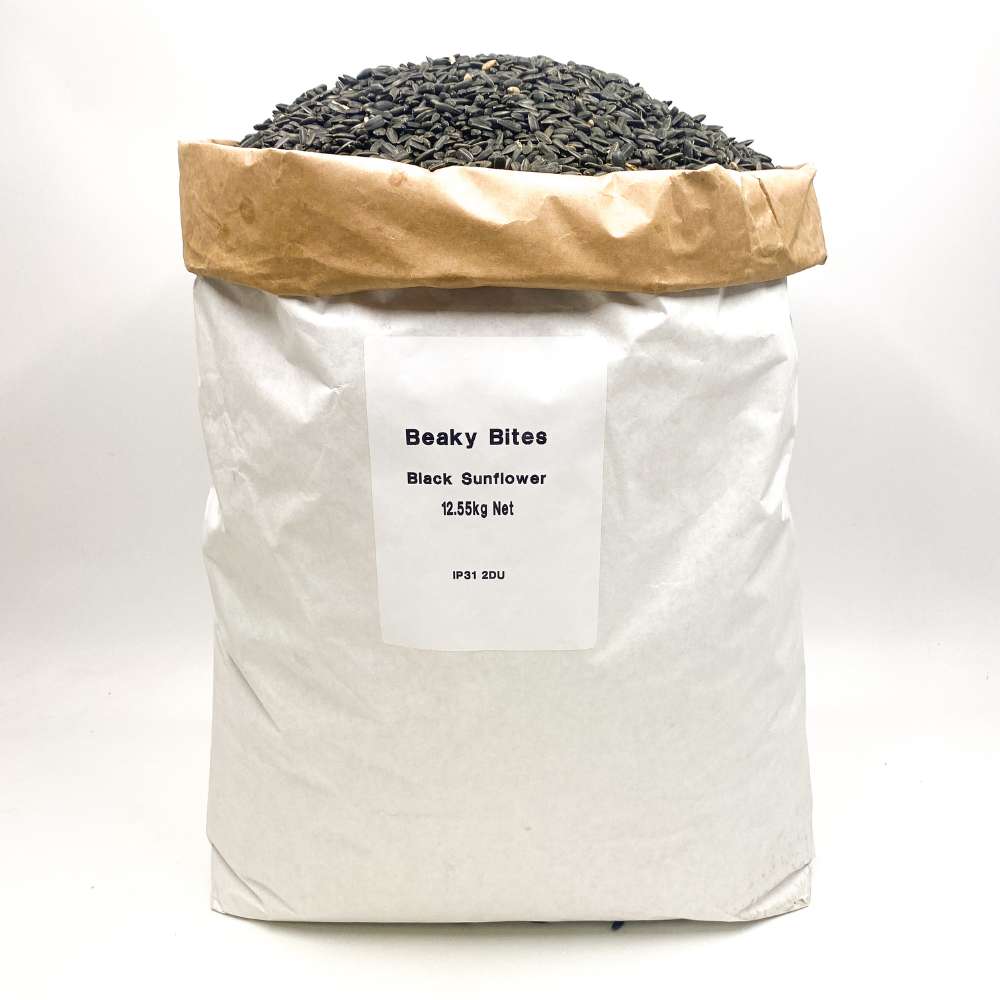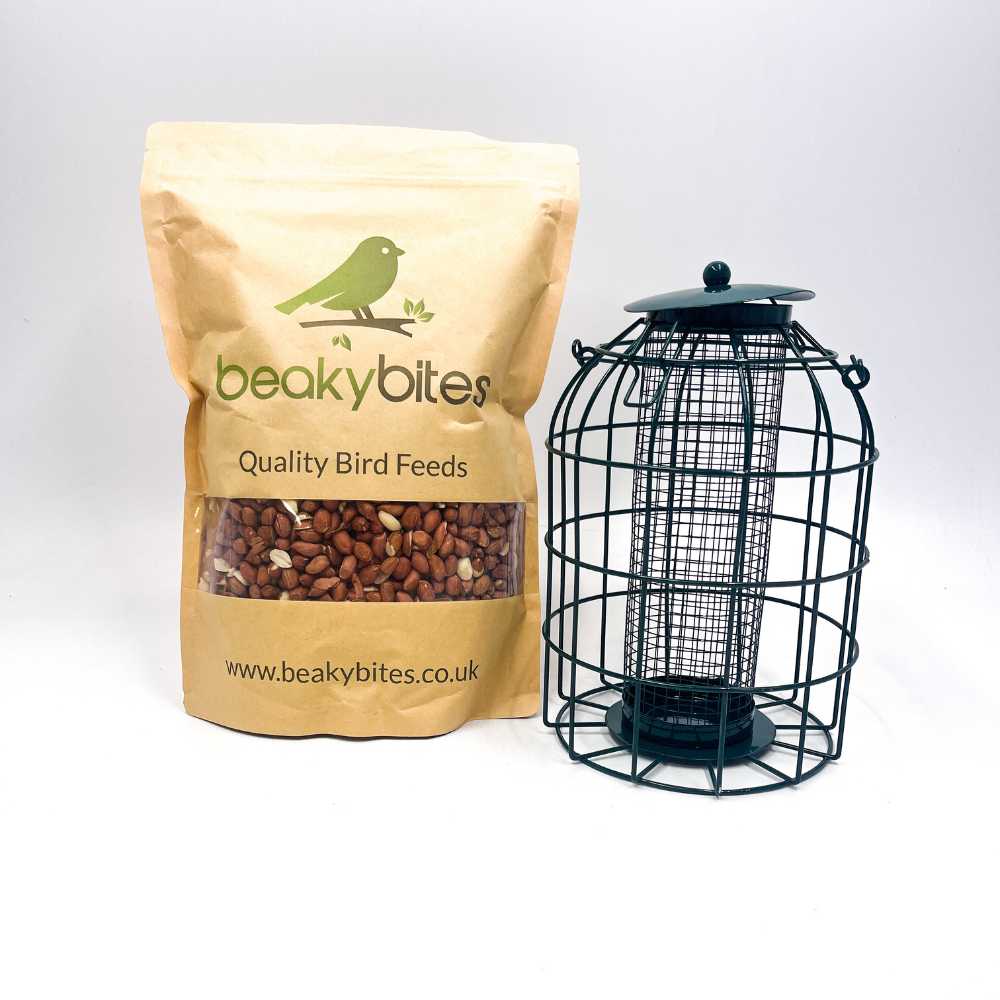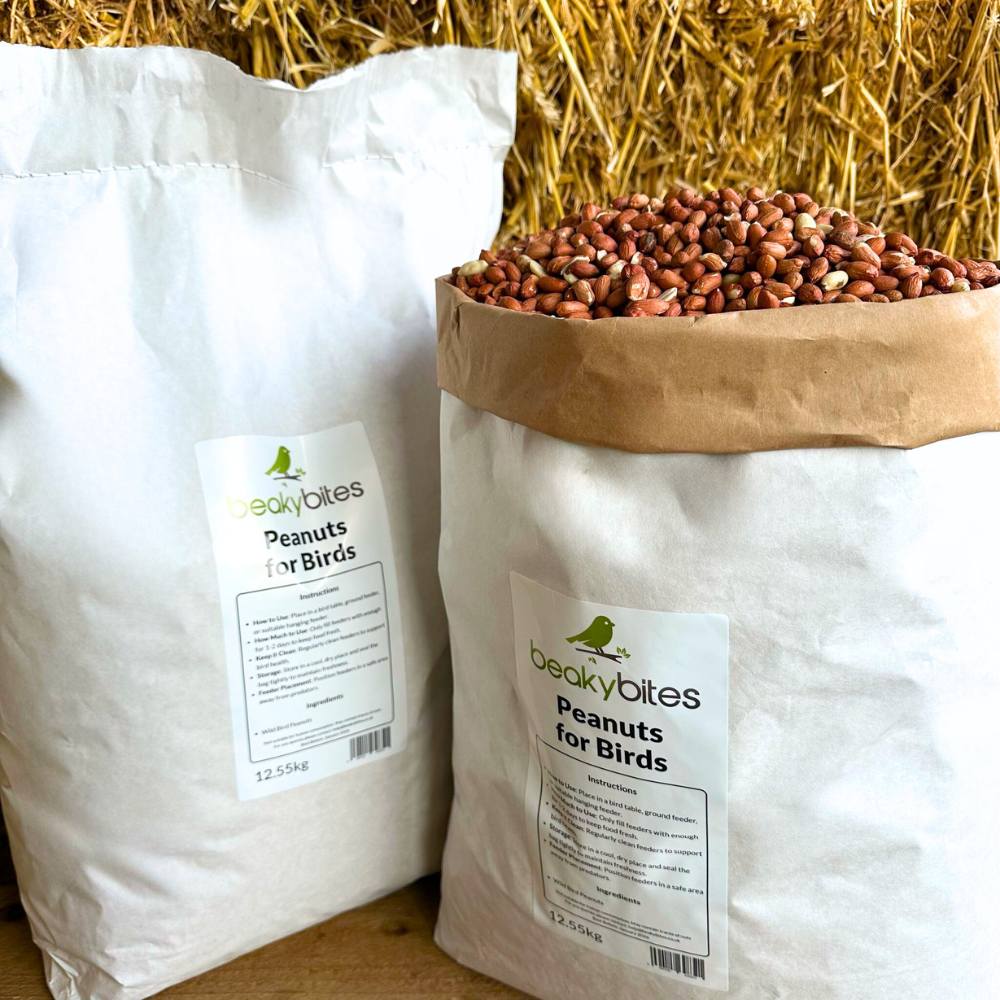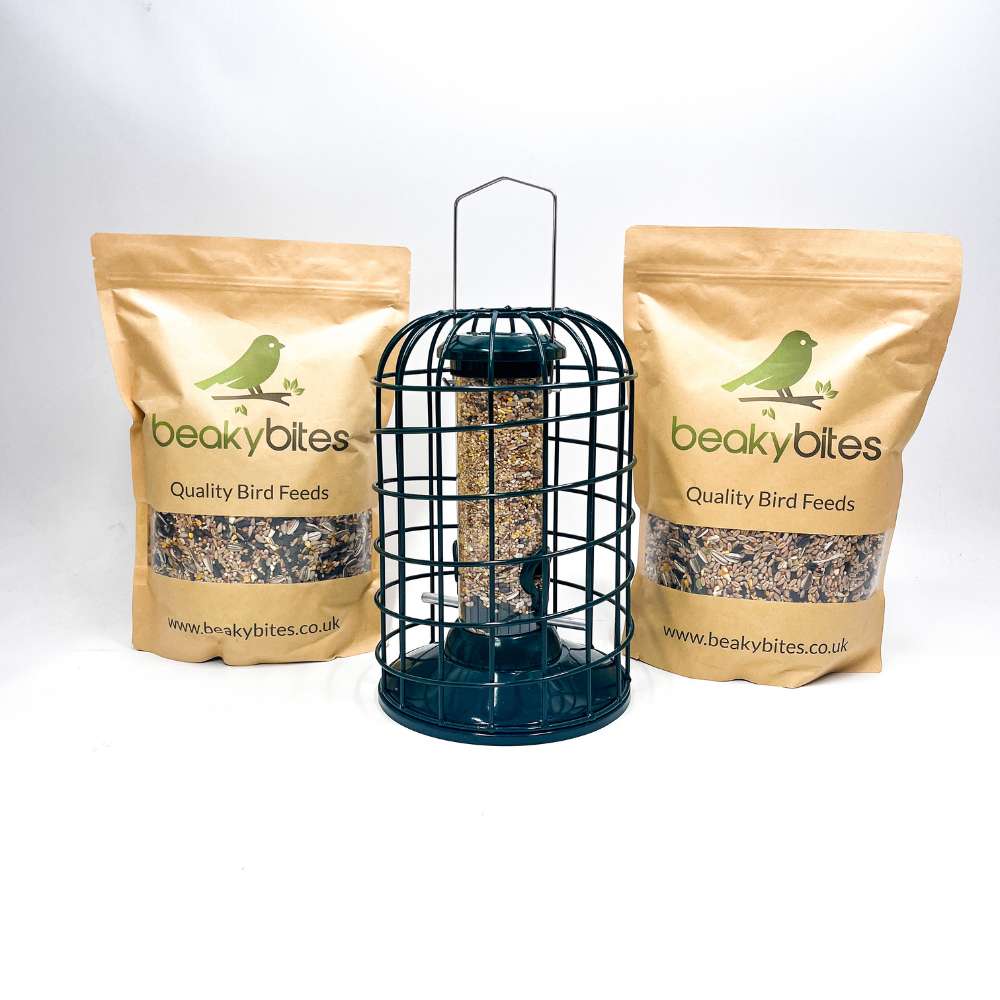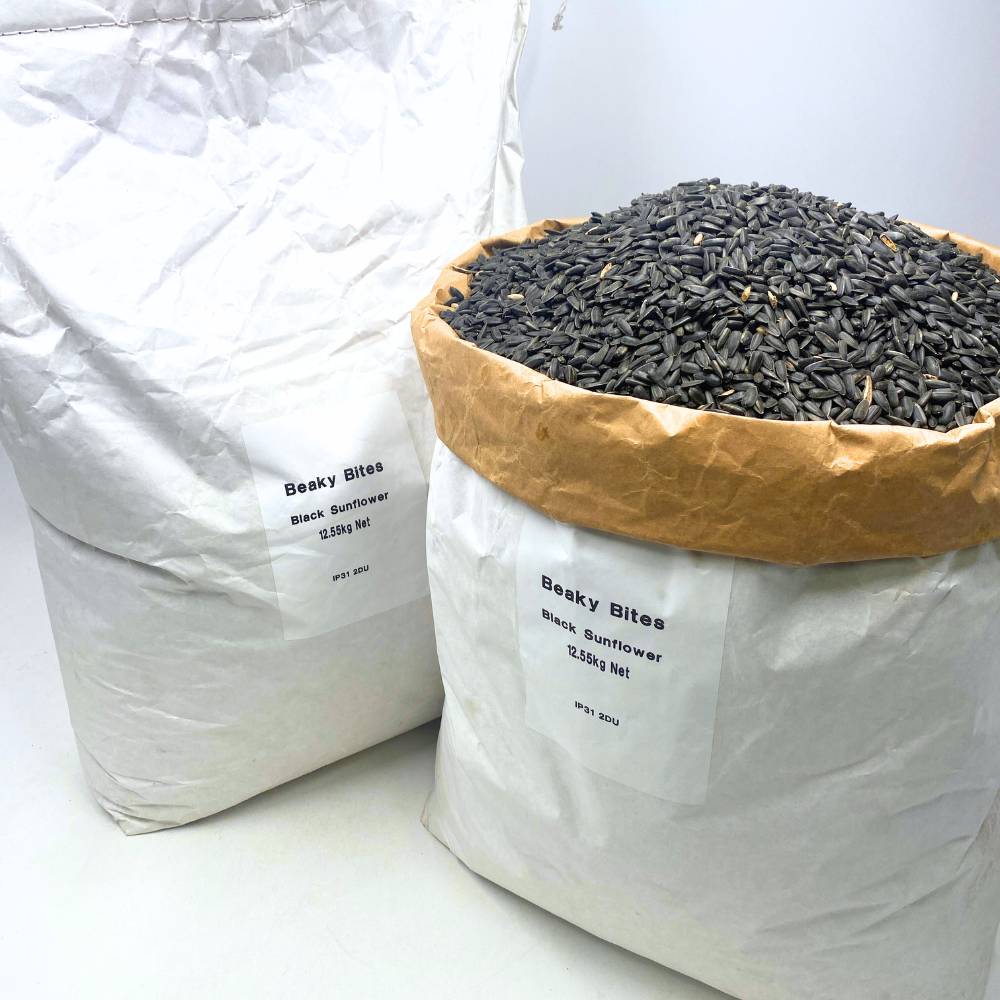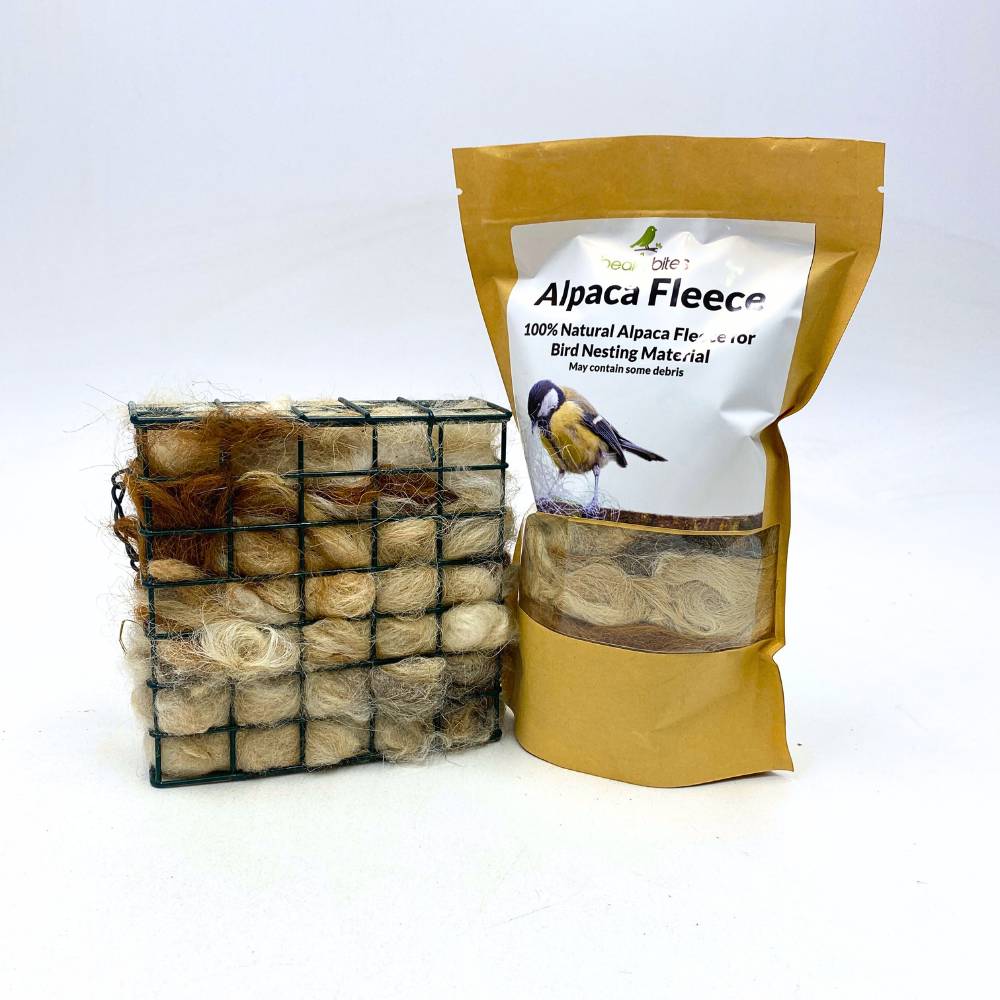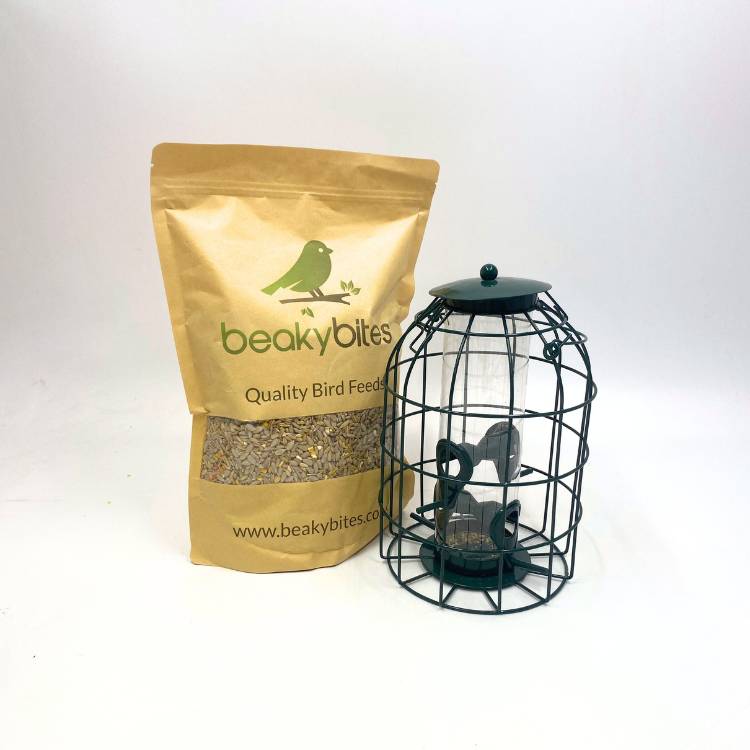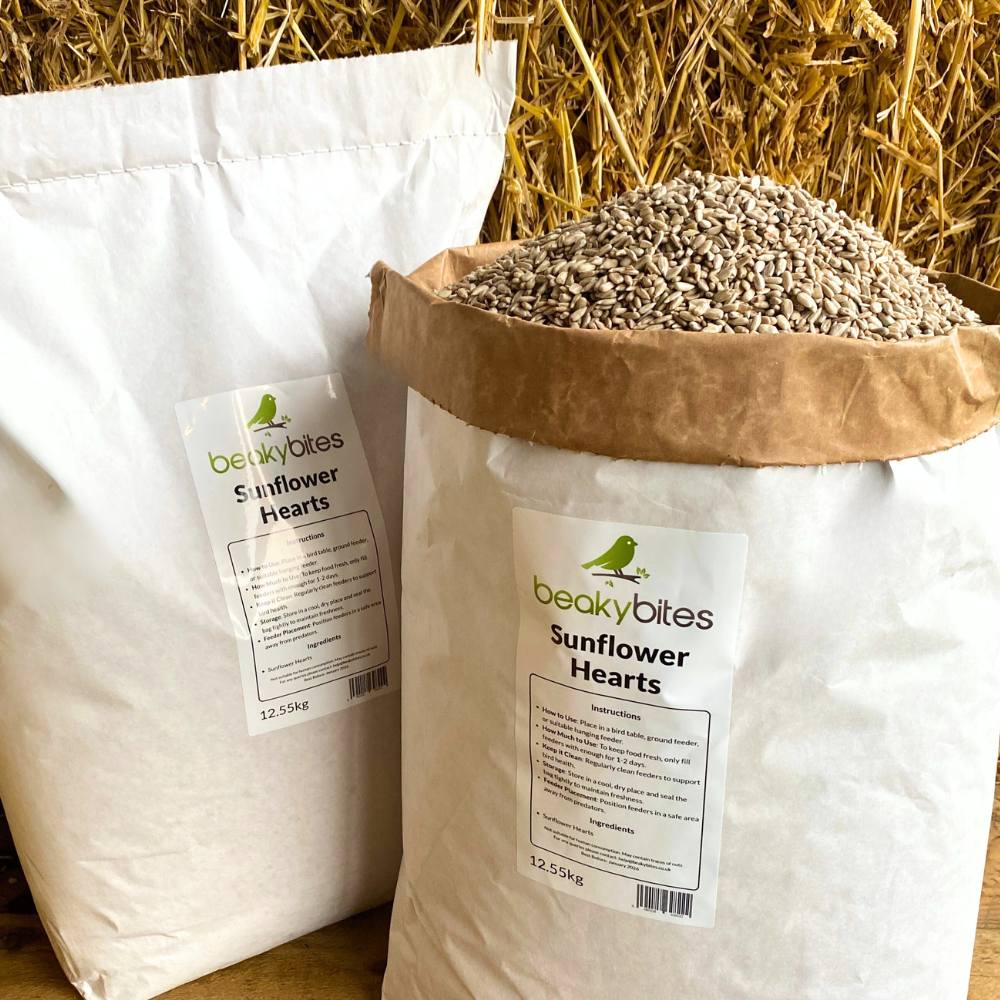Feeding Fat Balls to Birds
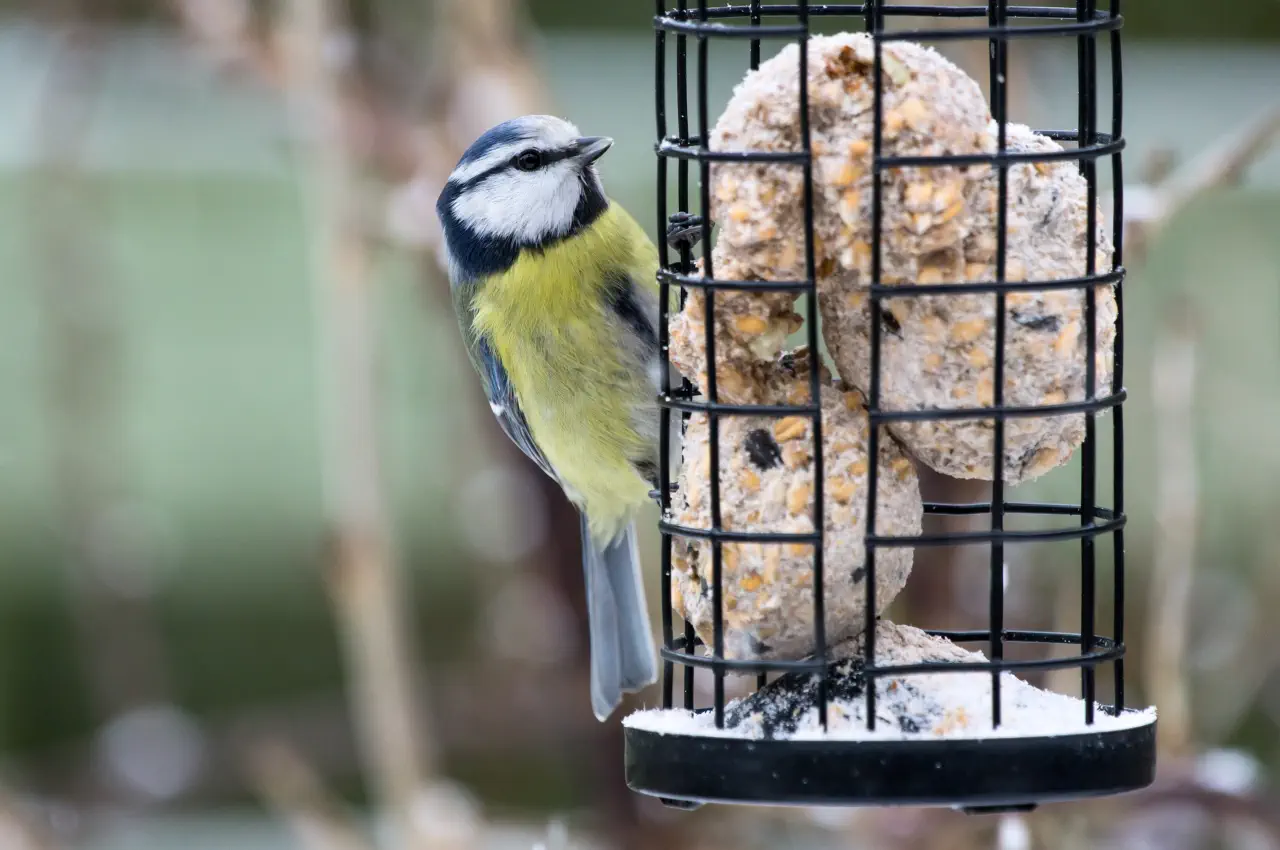
Choosing the Right Fat Balls for Wild Birds:
There are a wild variety of wild birds in the UK and we want to make sure we feed them the right stuff, to keep them healthy happy and coming back to our garden.
Your main consideration should always be looking for quality ingredients that will best support the ecosystem. Always avoid products containing additives, or preservatives and aim for high quality natural suet, grains and mealworms. These will both support the birds health supporting them through tough seasonal weather as well as promote birds to return to your garden as birds can be fussy and not eat from lower quality unpalatable ingredients.

How to attract more birds to the garden with fat balls:
Its going to take a little experimenting, there isn’t always an exact answer.
Firstly experiment with location. Consider natural nesting and resting positions of birds in your nearby area and consider their flight paths, so that your feeders are accessible for them, but also allows them the quick dash for cover if required at any time. Consider the surroundings in your garden and the obstacles already there, such as heavy dense bushes, a tall trampoline, or washing lines. These will all affect the birds experience of you garden, the safer they feel the more comfortable they will become and the more that will turn up to feed.
Furthermore think what is outside of your garden? For example if one side of your garden is backed by a busy public pathway, the noise and constant traffic may disturb the birds and put them off from eating at your feeding station, so plan to give them a nice quiet spot so they aren't disturbed by factors you can't control.
Secondly what is in your fat ball! Do they include insects, favoured by robins or packed with niger seeds, favoured by goldfinch. Try a few different types out, including using both fat balls and suet blocks. By having a range you open your doors to a larger variety of birds that will flock in to your garden diner.
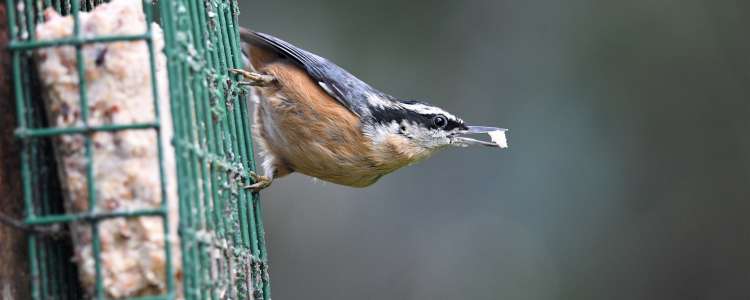
Common Mistakes to Avoid When Feeding Fat Balls:
Using low quality fat balls: Ensuring the ingredients are high quality is important for the birds and for you. You don’t want to see your bird feed not get eaten and to be wasted. Furthermore you want to help promote better stronger bird life in your local area.
Neglecting Hygiene: Regularly cleaning the fat ball feeders is crucial. Bird droppings, uneaten feed and weathered feed, left in feeders are all homes for bacteria and parasites to form and pass on to new birds coming for a snack. Ensuring we clean our feeders at least ever two weeks, with an antibacterial solution, helps support the ecosystem and removing waste feed before refilling will help prevent pests.
Ignoring Seasonal Changes: Adjusting our feeding habits is important to consider the birds that we are feeding. During the colder months a higher energy fat ball is required to give the birds the energy required to survive. Its important to consider migrating birds as well. As discussed above bird species entering our garden change and they all prefer different ingredients. Understanding the seasonal visitors to your garden will help you chose what ingredient fat balls you put out to best support them.
To Net or Not to Net?
Within the realm of fat balls, there's a choice to be made: netted or loose? Netted fat balls come with their own set of advantages and disadvantages, which are important to consider when deciding how to best support our feathered friends.
Pros of netted fat balls:
Convenience: The netting provides a convenient way to hang them securely without the risk of them falling apart.
Reduced Mess: The netting helps to contain any mess that might result from birds pecking at the fat balls, preventing them from scattering small bits all over the feeding area.
Protection from Pests: The netting can act as a barrier against larger pests like squirrels, or larger birds that might otherwise steal or destroy the fat balls.
Cons of netted fat balls:
Potential Harm to Birds: There are concerns about the potential for birds to become entangled in the netting, especially if the mesh is too fine. This can lead to injury or even death for the birds.
Environmental Impact: If the netting is not biodegradable, it can contribute to plastic pollution once discarded as it will take some time to break down, posing a risk to wildlife.
Limited Access to Food: Some birds may find it difficult to access the fat ball through the netting, especially if the mesh is too small or tightly woven. And the netting does not provide a perching position whilst eating, compared to a feeder.
When considering whether to use netted fat balls, it's essential to weigh these pros and cons and choose options that prioritize the well being of the birds while minimising environmental impact. At Beaky Bites we believe loose is always better, for the birds and the environment they live within. So we only provide loose balls which when mixed with our range of fat ball feeders provide a great way of suppling our feathered friends with a high quality feed and a safe secure place to eat them.
Summary
There are numerous fat ball options available, each offering its own pros and cons in terms of price, quality, and ingredients. At Beaky Bites, we always advise using a specialised fat ball feeder instead of netting, as it ensures better safety and accessibility for the birds. Overall, fat balls are a fantastic way to feed wild birds, providing a rich blend of seeds and high energy fats that offer crucial nutrients and energy. By choosing the right fat balls and feeders, you can support the health and well-being of your garden birds all year round.
Frequently Asked Questions
What are fat balls, and why are they beneficial for wild birds?
- Answer: Fat balls are dense, energy rich spheres made from a mixture of fats and seeds. They provide birds with essential energy, particularly during cold weather or breeding seasons.
What ingredients are typically found in fat balls, and how do they contribute to bird health?
- Answer: Fat balls commonly contain suet or lard mixed with seeds, grains, or dried fruits. These ingredients offer a high-energy source of fat, protein, and carbohydrates, essential for bird health and survival.
How should I offer fat balls to wild birds, and what types of feeders are best for them?
- Answer: Hang fat balls in mesh or wire feeders or place them on feeding platforms. These feeders allow birds to perch and easily access the fat balls. Ensure they are secure and away from predators.
Are there any precautions I should take when feeding fat balls to wild birds?
- Answer: Avoid using fat balls with additives like salt or artificial flavourings, as these can be harmful to birds. Additionally, in warmer weather, store fat balls in a cool, shaded area to prevent melting and spoilage, ensuring birds receive safe and nutritious food.
What can I do if fat balls attract unwanted pests or larger birds to my garden?
- Answer: Use squirrel proof feeders or baffles to deter larger birds and squirrels. Hanging feeders away from trees or buildings can also reduce access for pests. Regularly clean up spilled seed and debris to discourage unwanted visitors.

.jpg)

